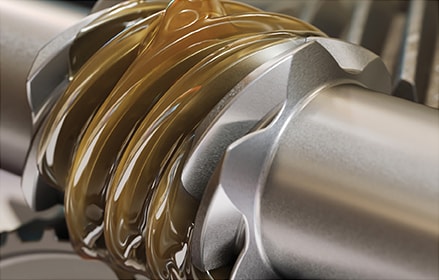Improved Machine Lubricants for Industrial Applications
Anyone who has owned a car knows the importance of oil in the engine compartment. As a lubricant, it is used to reduce the friction of metal to metal movement. In addition, it is used to dissipate and carry away heat from the metal of the engine. Without it, the vehicle will overheat quickly, metal parts will crack or warp and the engine will be ruined.
The need for lubricants is the same in industrial metal cutting and fabrication. The large machinery used to cut, bend, stamp, drill and punch sheet metals need lubrication at the points where the machine dies and cutting blades come in contact with the metal. Without proper lubrication, jagged cutting edges develop, the metal can warp, the cutting edges or dies will become dull. These will cause a ruined product, broken dies and damaged machinery.

For decades, manufactures have applied petroleum based lubricants when fabricating sheet metal. Usually, the lubricant is mixed with water to increase the surface area of the oil, allowing the solution to carry away heat from the cutting areas. But these petroleum products have drawbacks.
Petroleum is considered a hazardous substance and care must be taken in its use, storage and disposal. Failure to adequately care for used lubricant can lead to fines and penalties from environmental government agencies.
Petroleum lubricants must be also be washed from the metal product before it can be painted or powder coated. Normally this is done with a parts washer, or a bath in harsh chemicals. These cleaning chemicals are also considered environmentally hazardous and must be disposed of in compliance with federal and state regulations.
Due to the volume used, especially when water is added, spillage and waste is inevitable, creating a slippery work area. When floors develop a film of lubricant, slips and falls become more likely to workers.
Due to these concerns, companies have sought to develop improved machine lubricants. The goals have been to obtain equal or better lubrication with minimum quantity lubrication or mql machining. In addition, manufactures have sought to eliminate the toxic properties of lubricants. Newer lubricants often use organic materials that include fatty acids, as those taken from animal fats. These lubricants are both biodegradable and are non toxic.
They normally possess better thermal stability properties and are usually far superior in lubricity to petroleum. They can normally be used with existing delivery systems, such as spray nozzles and pumps. Finally, less of the product is normally used. In some machine applications, as little as 1.5 oz. per day is used on a cutting machine.